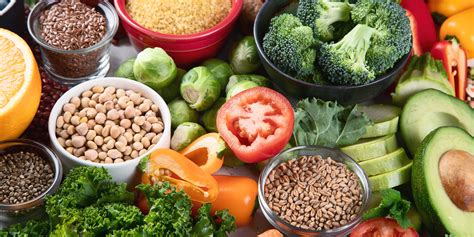Achieving a Lean Physique: A Comprehensive Guide to Cutting Men’s Belly Fat
For many men, shedding stubborn belly fat and sculpting a lean physique is a common fitness goal. More than just aesthetics, reducing abdominal fat, particularly visceral fat, is crucial for overall health. This comprehensive guide will outline the optimal diet and workout strategies specifically tailored to help men effectively cut belly fat and reveal a more defined, muscular body.

Understanding Belly Fat and Its Impact
Belly fat isn’t just one type; it generally falls into two categories: subcutaneous fat (the jiggly fat you can pinch) and visceral fat (the dangerous fat surrounding your organs). While both contribute to a larger waistline, visceral fat is strongly linked to various health issues, including heart disease, type 2 diabetes, and certain cancers. Targeting this fat requires a consistent, multi-pronged approach that addresses both diet and exercise.
The Dietary Blueprint: Fueling Fat Loss
1. Create a Caloric Deficit
The fundamental principle of fat loss is consuming fewer calories than you burn. To cut belly fat, you need to be in a consistent, moderate caloric deficit (typically 300-500 calories below your maintenance level). Use an online TDEE calculator to estimate your daily calorie needs and subtract accordingly.
2. Prioritize Protein
Protein is your best friend when trying to lose fat and maintain muscle mass. Aim for 0.7-1 gram of protein per pound of body weight daily. High protein intake helps preserve lean muscle during a deficit, boosts satiety, and has a higher thermic effect (meaning you burn more calories digesting it).
3. Smart Carbohydrate Choices
Don’t cut carbs entirely, but be strategic. Focus on complex carbohydrates like whole grains (oats, quinoa, brown rice), fruits, and vegetables. Limit refined sugars, white bread, and sugary drinks. Timing your carbs around workouts can also be beneficial for energy and recovery.
4. Embrace Healthy Fats
Healthy fats are essential for hormone production, nutrient absorption, and satiety. Include sources like avocados, nuts, seeds, olive oil, and fatty fish (salmon). Keep intake moderate, as fats are calorie-dense.
5. Hydration is Key
Drink plenty of water throughout the day. It aids metabolism, helps with satiety, and is crucial for overall bodily functions.

The Workout Blueprint: Sculpting a Lean Physique
1. Prioritize Strength Training
Resistance training is non-negotiable for fat loss and muscle preservation. Aim for 3-4 full-body or split strength training sessions per week. Focus on compound exercises that work multiple muscle groups simultaneously, such as:
- Squats
- Deadlifts
- Bench Press (or Push-ups)
- Overhead Press
- Rows
Progressive overload (gradually increasing weight, reps, or sets) is key to building and maintaining muscle, which in turn boosts your metabolism.

2. Incorporate Cardio Strategically
Cardio complements your strength training by burning extra calories and improving cardiovascular health. Both High-Intensity Interval Training (HIIT) and Low-Intensity Steady State (LISS) cardio have their benefits:
- HIIT: Short bursts of intense exercise followed by brief recovery periods (e.g., sprints, battle ropes). Excellent for calorie burning and improving endurance in less time. Aim for 2-3 sessions per week on non-strength training days.
- LISS: Longer duration, moderate intensity (e.g., brisk walking, cycling). Good for active recovery and burning fat at a sustained rate. Can be done on rest days or post-strength training.
3. Don’t Forget Core Work (But Understand Its Role)
While direct ab exercises won’t “spot reduce” belly fat, they will strengthen your core muscles, improving posture and providing a stronger foundation once the fat comes off. Incorporate exercises like planks, crunches, Russian twists, and leg raises 2-3 times a week.

Lifestyle Factors for Optimal Fat Loss
1. Prioritize Sleep
Lack of sleep can disrupt hormones that regulate hunger (ghrelin and leptin), leading to increased appetite and fat storage, especially around the belly. Aim for 7-9 hours of quality sleep per night.
2. Manage Stress
Chronic stress elevates cortisol levels, a hormone that can promote abdominal fat storage. Incorporate stress-reducing activities like meditation, yoga, or spending time in nature.
3. Be Patient and Consistent
Fat loss is a marathon, not a sprint. Consistency in your diet, workouts, sleep, and stress management is paramount. Don’t get discouraged by slow progress; celebrate small victories and stay committed to the process.

Conclusion
Cutting men’s belly fat for a lean physique requires a holistic approach that goes beyond just endless crunches. By creating a sustainable caloric deficit through smart nutrition, prioritizing strength training, strategically adding cardio, and optimizing lifestyle factors like sleep and stress management, you can effectively shed stubborn abdominal fat and achieve the lean, defined physique you desire. Stay disciplined, be patient, and trust the process.




